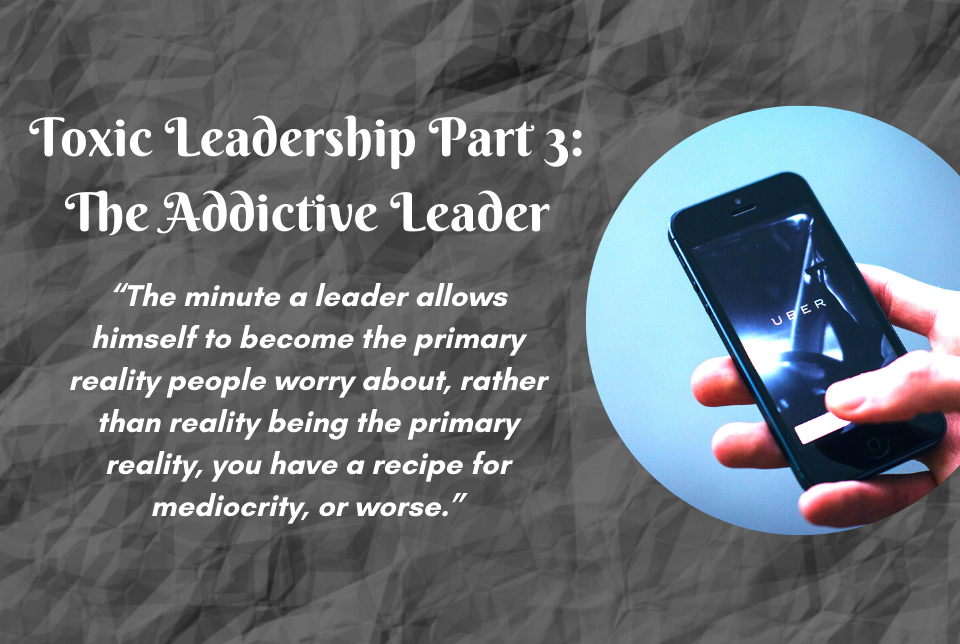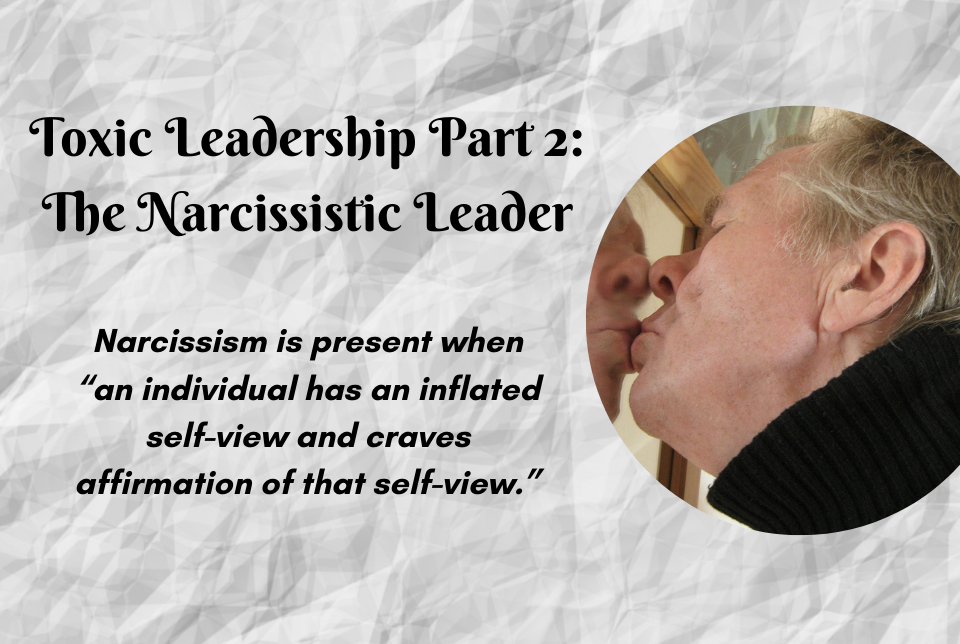Servant Leadership Shunned: Misconception #1
This is the 2nd in a series on the topic of Misconception and Objections to Servant Leadership.
Why, after all these years, is servant leadership not more practiced? Why is this powerful approach so easily dismissed as being irrelevant or impractical to day to day organizational life? This series explores the common misconceptions that often result in leaders ignoring a way of leading that can bring their organizations greater health and higher performance.
Misconception #1: Servant Leadership Describes an Unreachable Ideal State
Does servant leader demand too much from the leader? Is this way of leading thought of as so ennobled that only the leadership “saints” can achieve it? Certainly, this cannot be the case.
Servant leadership is a mindset, a way of leading, that puts the well-being of those led above the self-interest of the leader. It directs the focus of the leader away from him or herself and places it on the followers not so they can be taken care of but so they can be empowered to lead. But often when servant leadership is described authors appeal to the highest ideals and exemplars they can find. It is not unusual to hear that servant leadership is exemplified by the likes of Mother Teresa, Nelson Mandela or Jesus Christ. Is it any wonder that people get the idea that servant leadership is this unreachable ideal state that cannot be practically applied in real organizational settings?
Many may think that servant leadership is a great idea, but most leaders want more; they want something that works. They want something that will bring the results they are called upon to deliver and they know they need to do this with the tendencies toward human failing and weakness that attends all leadership.
Servant leadership does not demand what only a few heroic leaders can deliver. It simply, but profoundly, suggests that focusing on others (our followers) more than our own self-interest will create a force of empowerment that unleashes the leadership potential of others. By leading in this way, we create other leaders who then work to empower others. Leading others is messy, unpredictable and fraught with uncertainty. Striving for perfection in leadership is an impossible undertaking and it is best that we come to terms with this early on.
Servant leadership should come to us with a heavy dose of humility and reality. “We certainly do the servant leadership approach a disservice to claim it as a utopian ideal since we are all too human and mistake prone so by setting a bar of near perfection, we likely will not even try to develop a healthier servant minded approach to our leadership.” (Laub, 2018). This is the danger of presenting servant leadership in an ideal, utopian way. We need to see servant leadership, though it is not the majority mindset in leadership practice, as possible and therefore worth our time and effort to implement.
“Research has shown that leaders and organizations can attain this high level of servant leadership behavior. In one study by Laub (2010) it was discovered that almost 12% of the organizations were identified as servant-led while in Herman’s study (2008) that figure was over 16%.” (Laub, 2018). Yes, servant -led organizations are in the minority, but they do exist and more and more research is showing that servant leadership leads to healthier and more successful organizations. Don’t fall for the misconception of servant leadership as too ideal, too utopian to really be useful. We must not dismiss it quickly. There is simply too much to be gained.
Your fellow servant,
Jim


![Evert Odekerken [CC BY 2.5 (https://creativecommons.org/licenses/by/2.5)] - This image has been cropped and reduced in size from the original image.](https://media-exp1.licdn.com/dms/image/C4D12AQF2gidpHokqQA/article-inline_image-shrink_1000_1488/0?e=1605139200&v=beta&t=76DAZbPjUxVA1d5zW-ITj-oBFbAOjh6o_4JIONNnX98)


